(This post may be a bit long for some email software, so if you don’t see “Next stop: Gournia” at the bottom of your email, you’ll need to click on the title to go to the website and see the full post).
After the crowds of Knossos, it was nice to escape and go for a drive through the countryside. We wound our way up to the Lasithi Plateau which is famous for its windmills and cultivation of various crops such as potatoes, apples, figs, olives and more. The drive alone is worth it, but we’re on a mission to visit a famous cave.
Psychro Cave, also known as "Diktaion Antron", is an ancient site of worship and one of Crete's most important and impressive caves. It lies on the slopes of some inland mountains at a height of 1,025 m.
Legend says that Rhea fled to escape Kronos (who devoured his offspring) and where she gave birth to Zeus, father of gods and mortals. The newborn god was nourished by Amaltheia, who was either a goat or, according to other ancient writers, a Nymph. To shelter the infant's cries from Kronos, the Kouretes made noise by banging their weapons and dancing. According to other mythical traditions, the god was nurtured by bees or doves or a sow.
Today, Psychro Cave is also an interesting natural habitat, as various species of bats - among them the Mediterranean long-eared bat - have been observed nesting in the chambers of the Lower Cave. There are also cave-dwelling arthropods, while numerous bird species find refuge in its entrance.
For those who want to know a bit more about Greek mythology, here’s a quick rundown on a fun channel on YouTube.
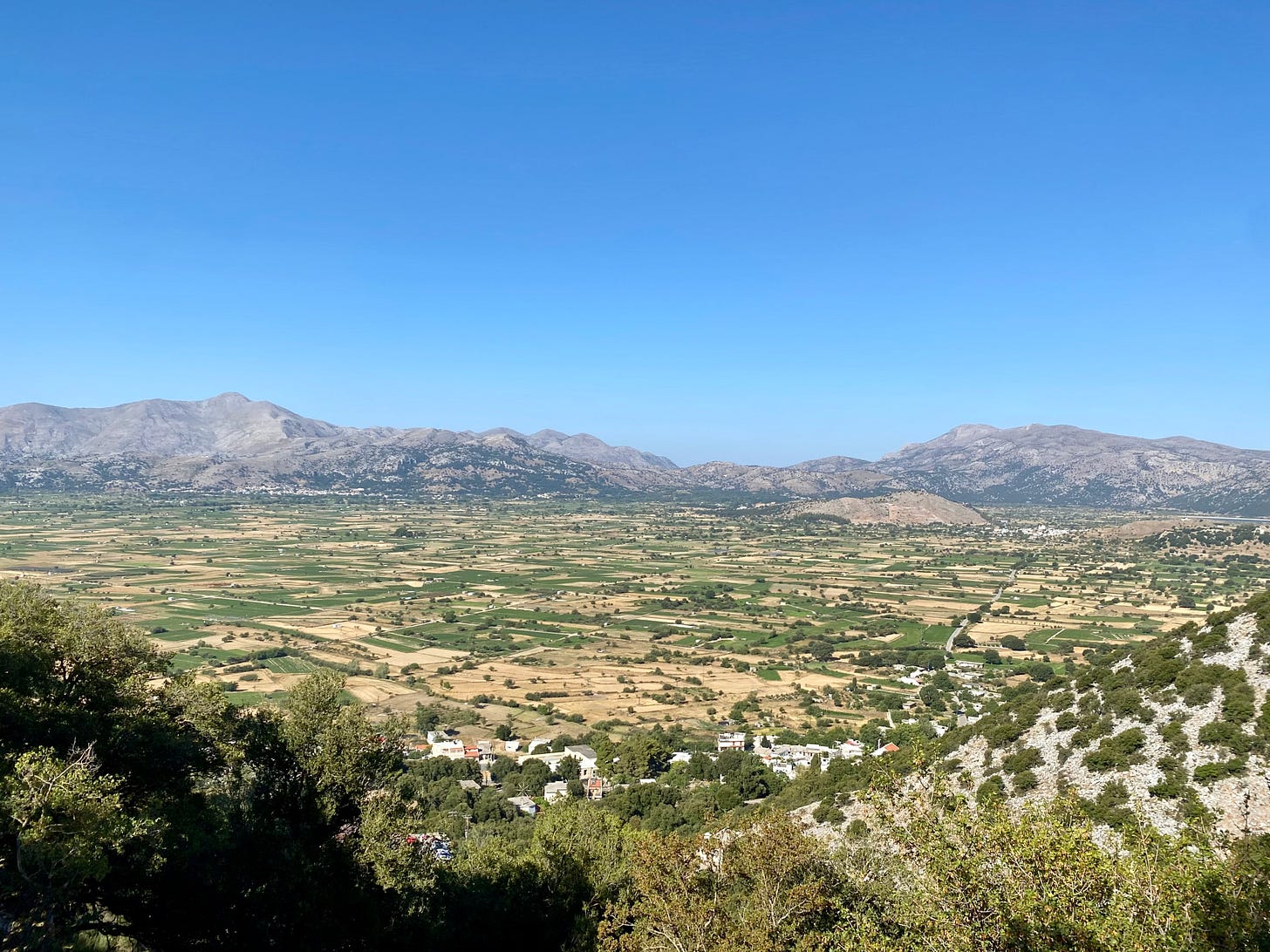
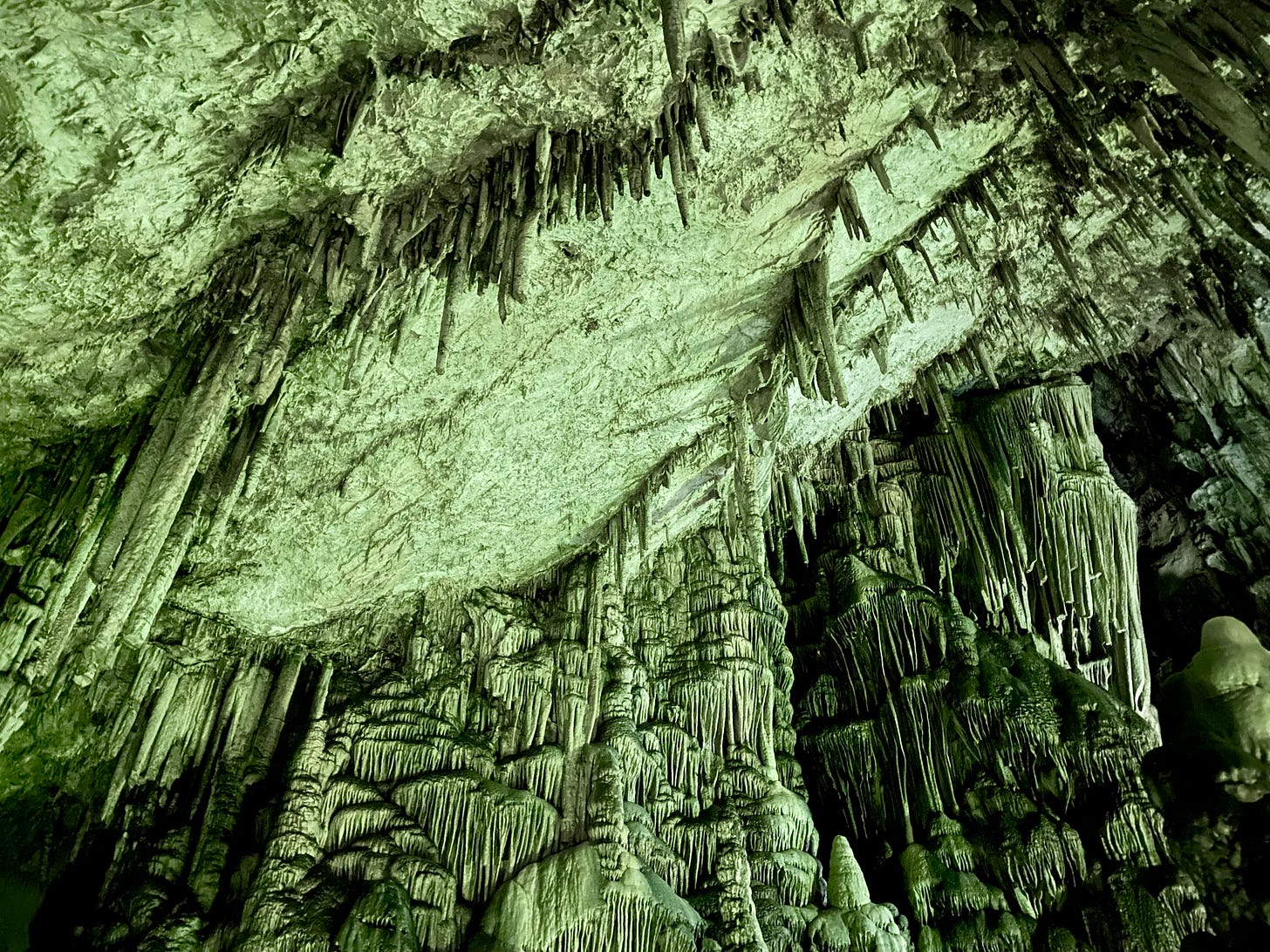
After emerging back into the real world, it’s time to head back to the boat for the evening.
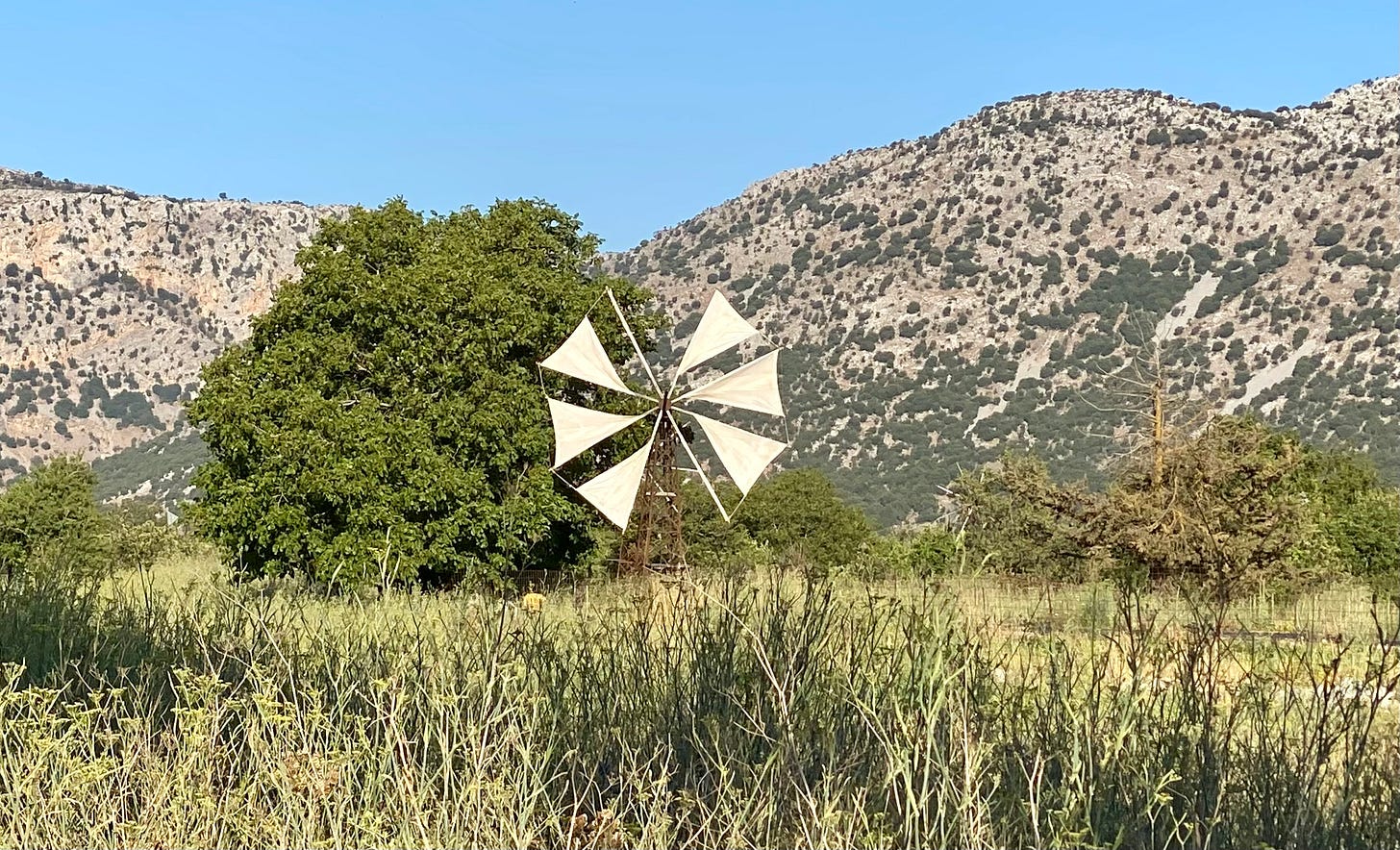
Next stop: Gournia







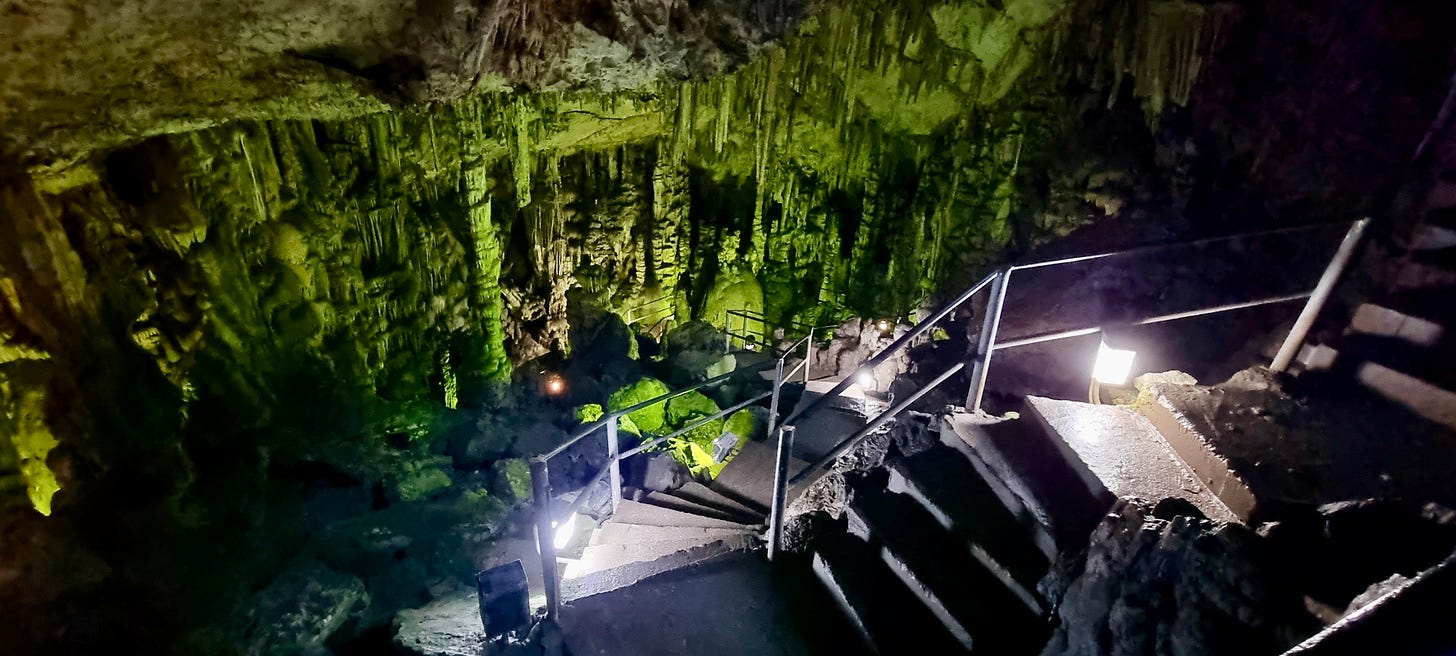
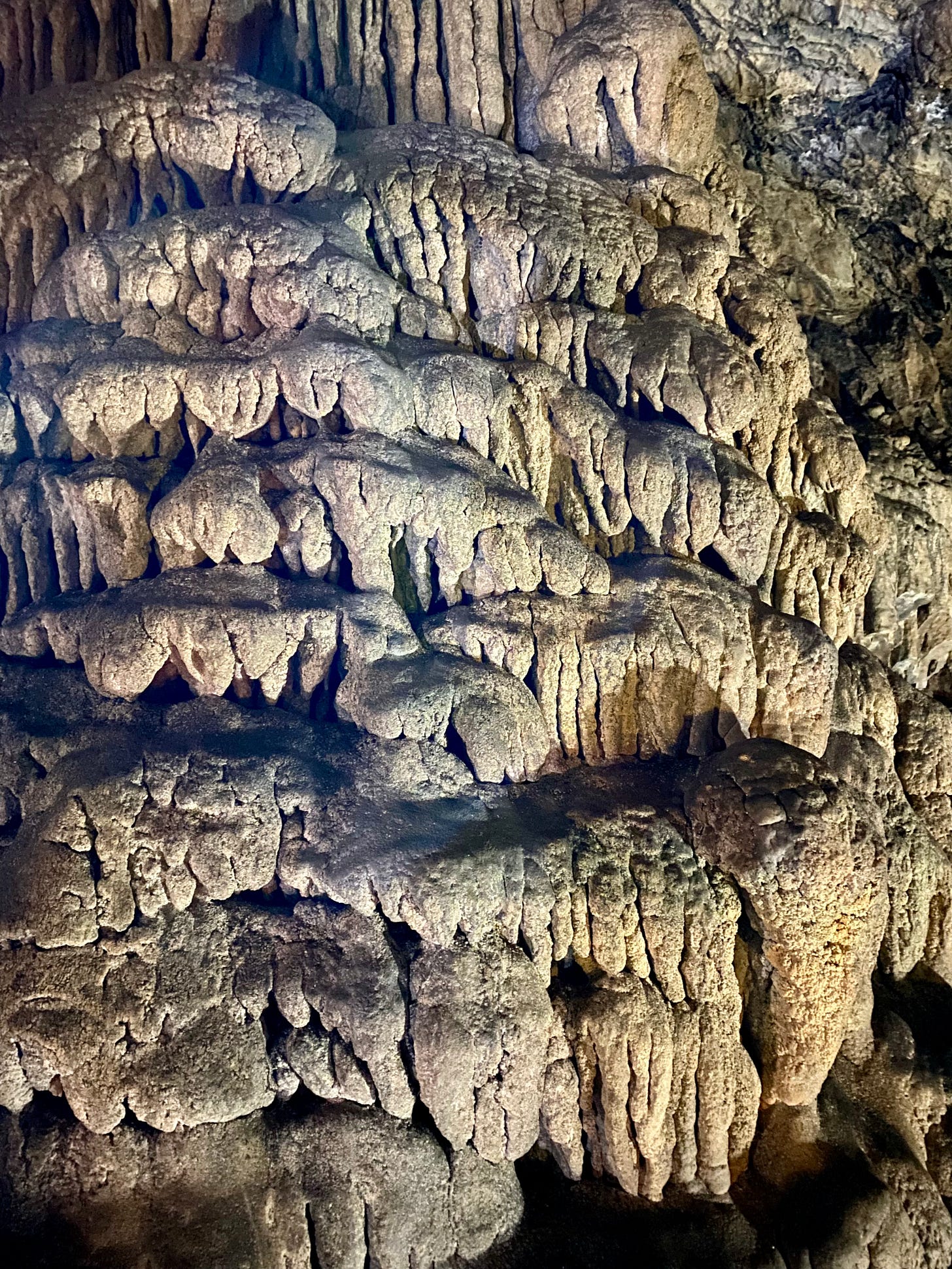
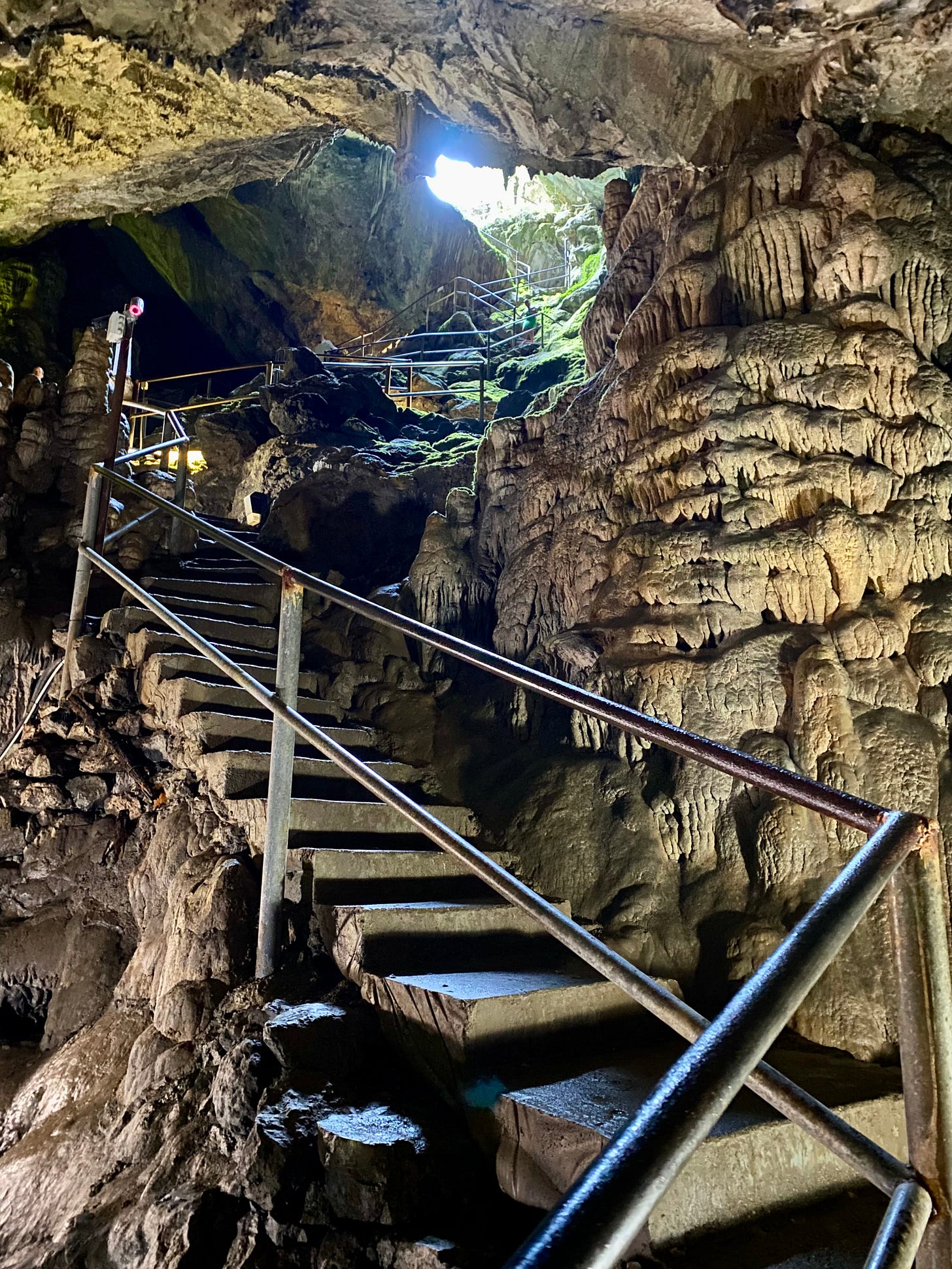
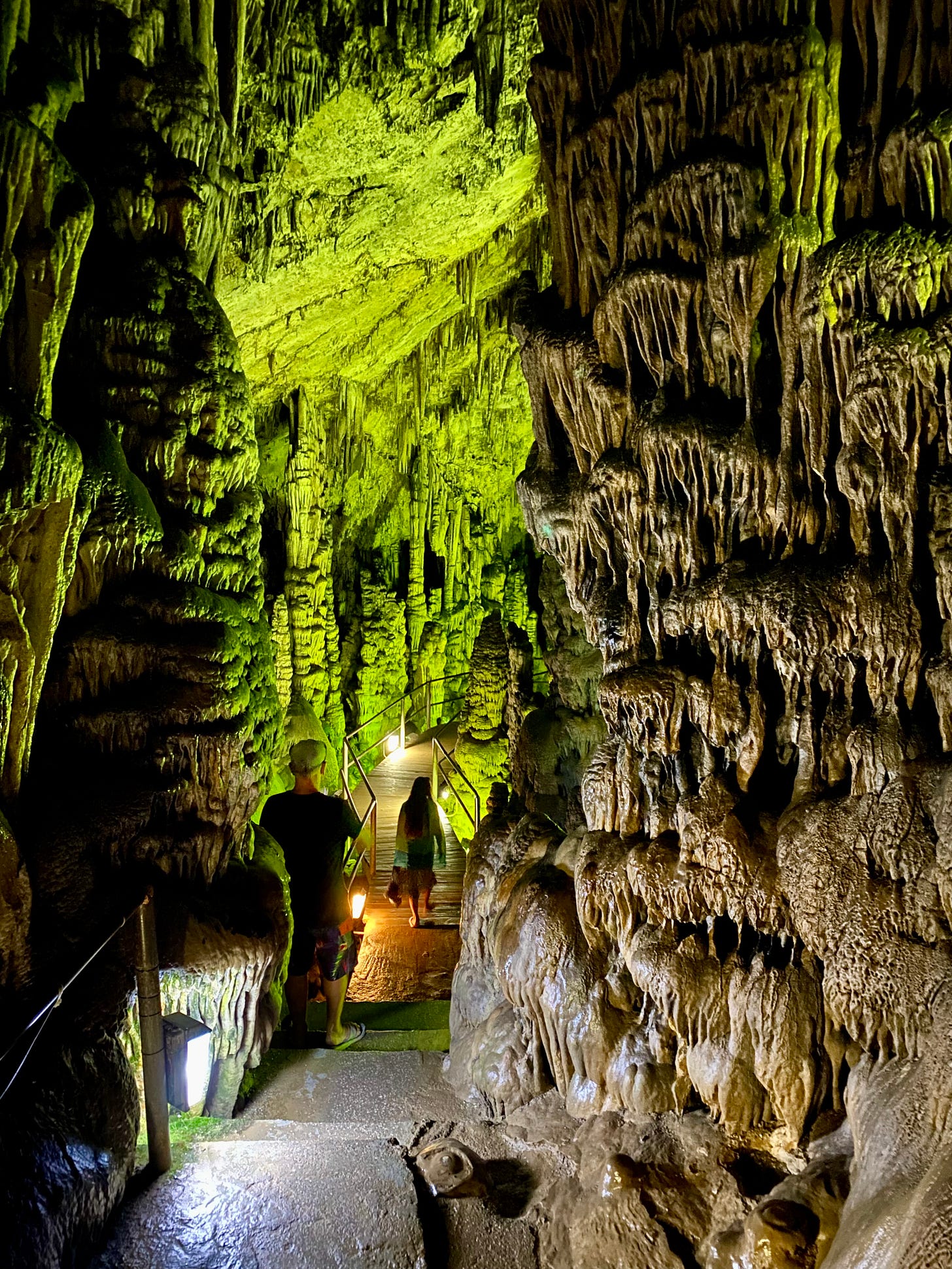
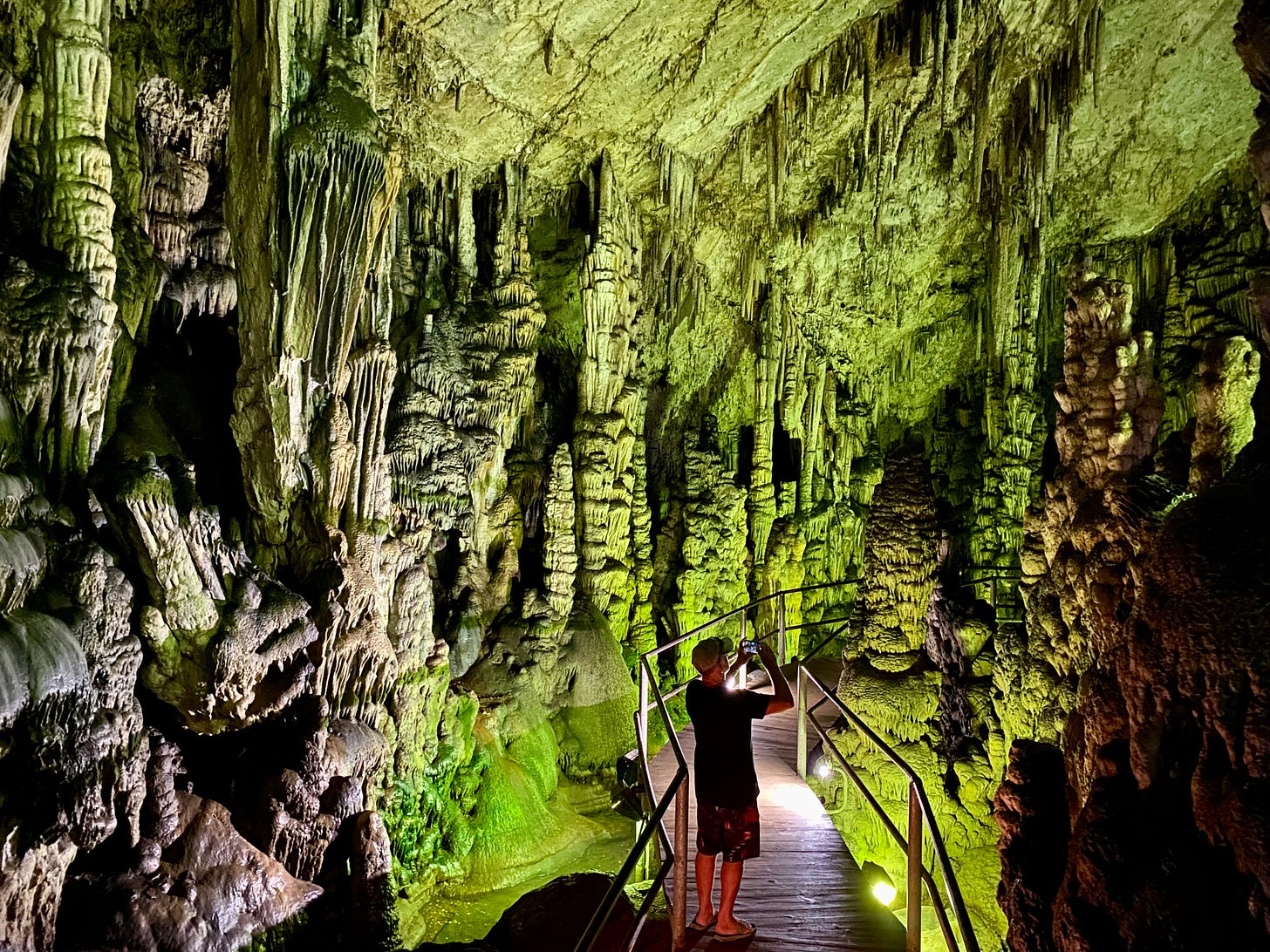

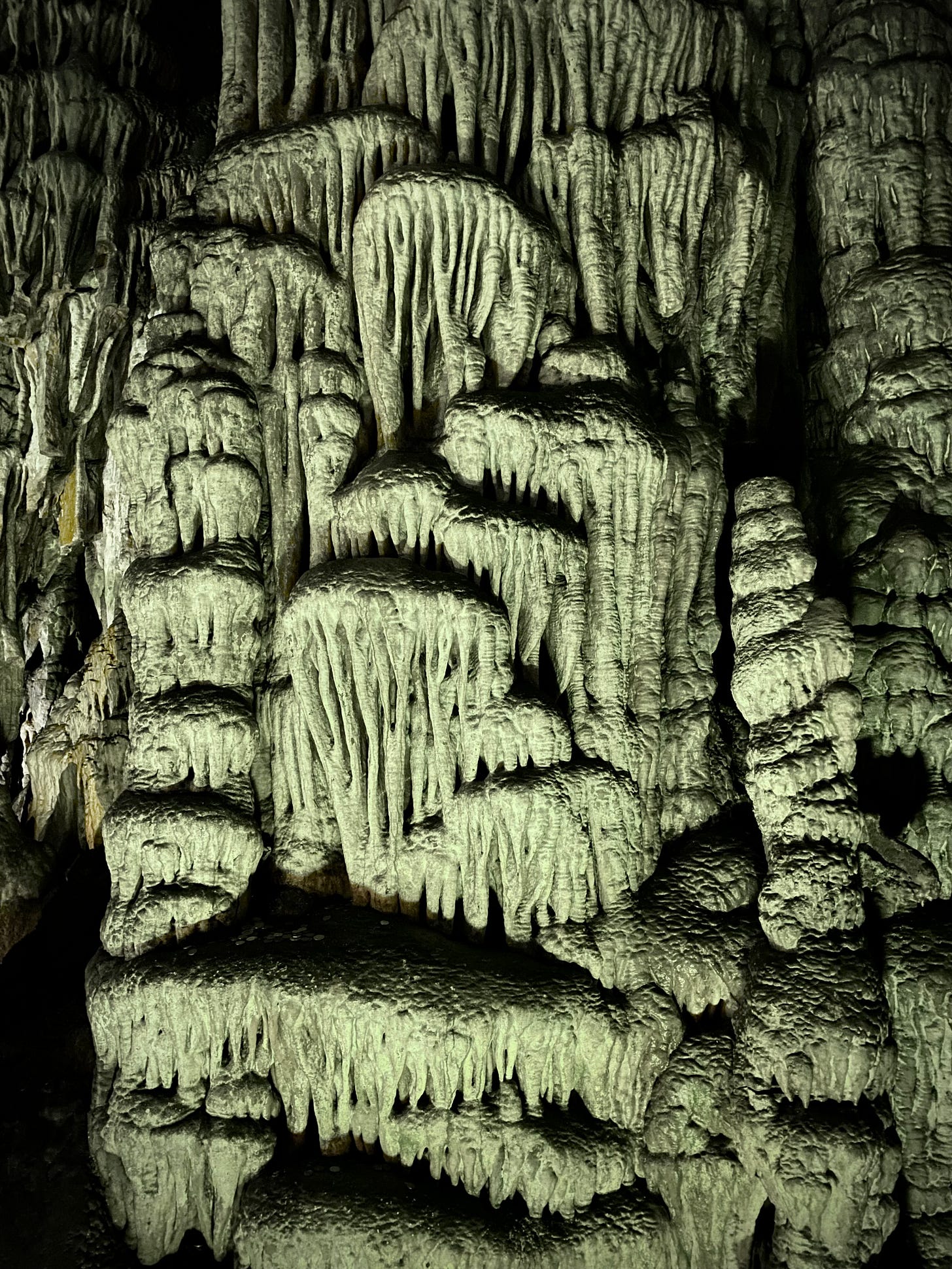


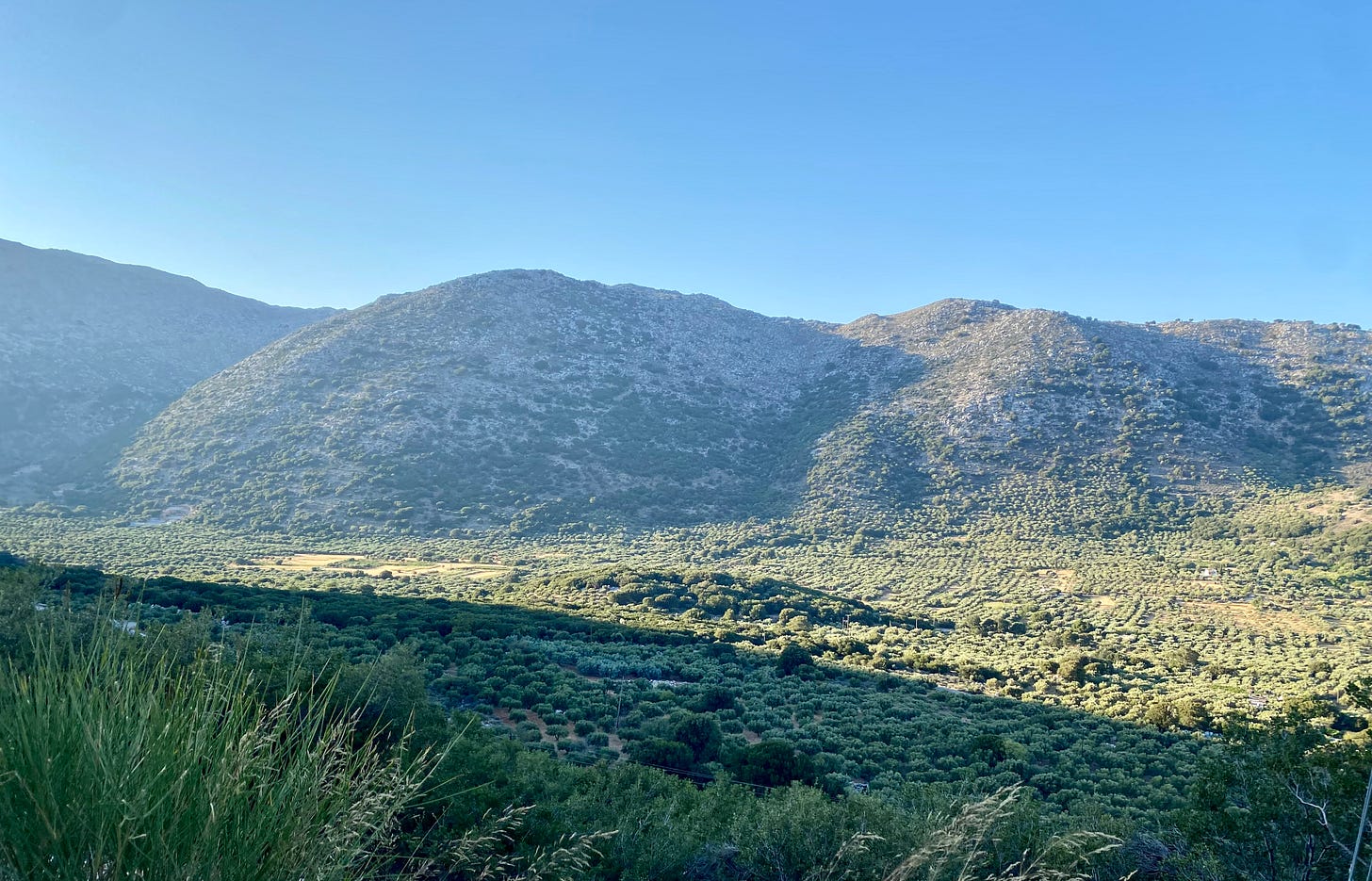

Share this post